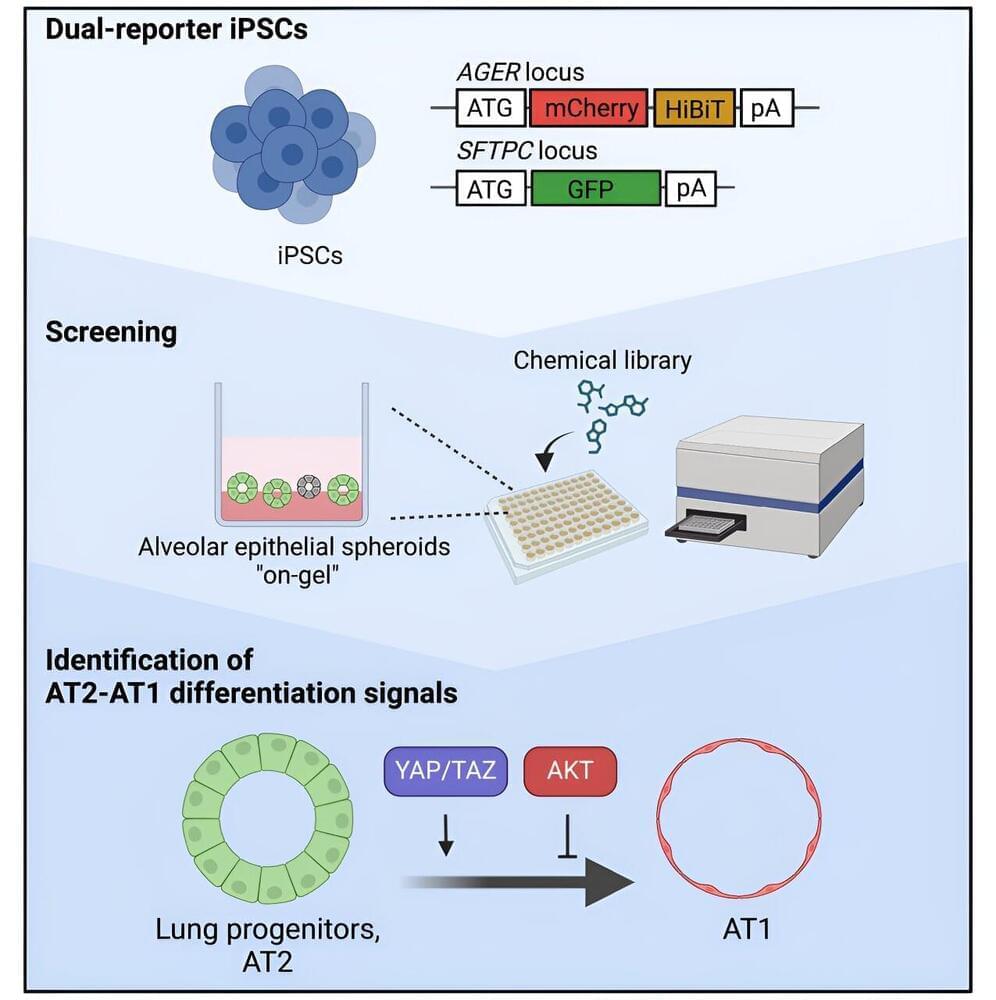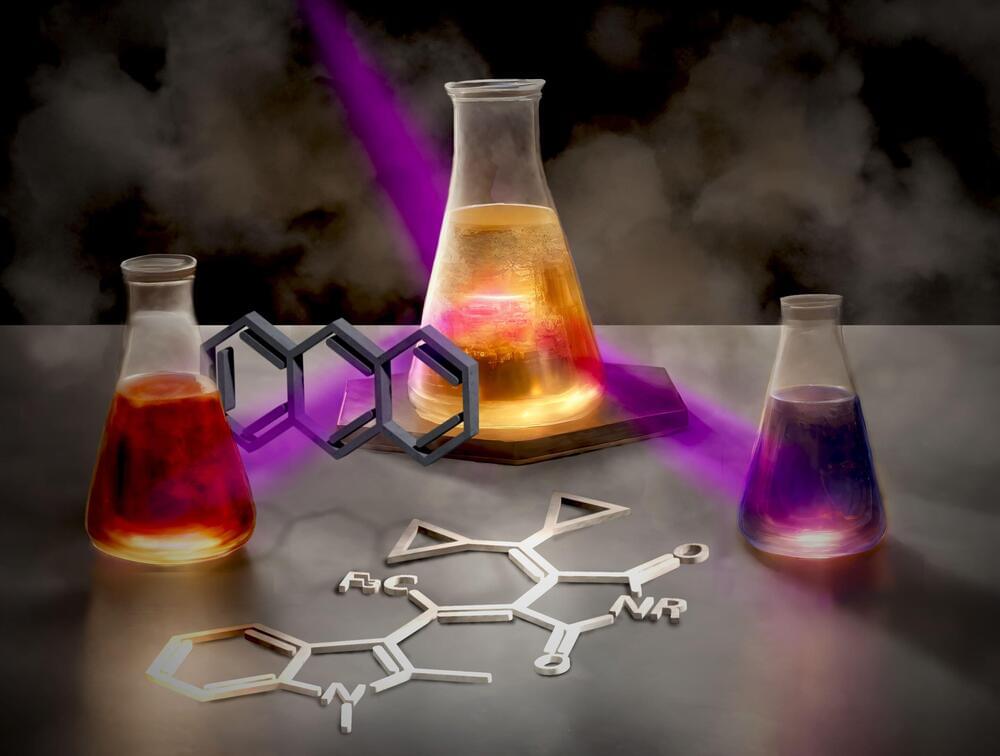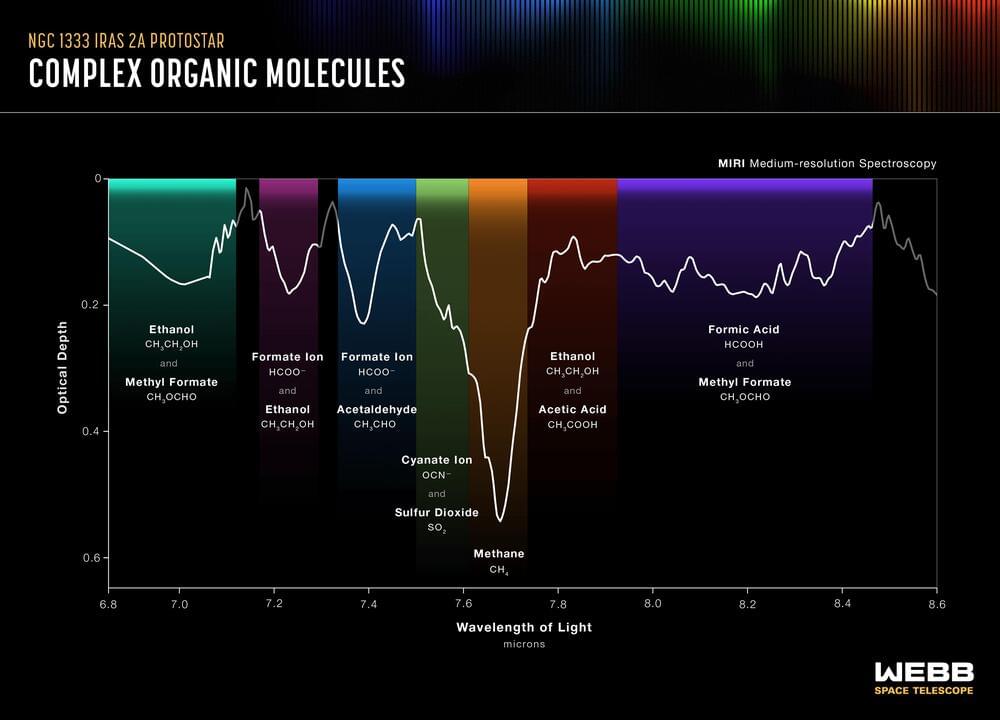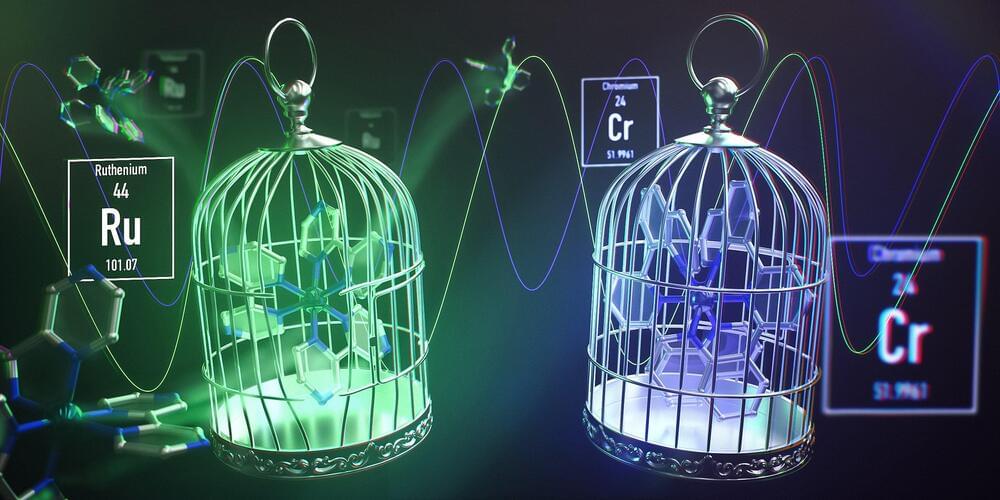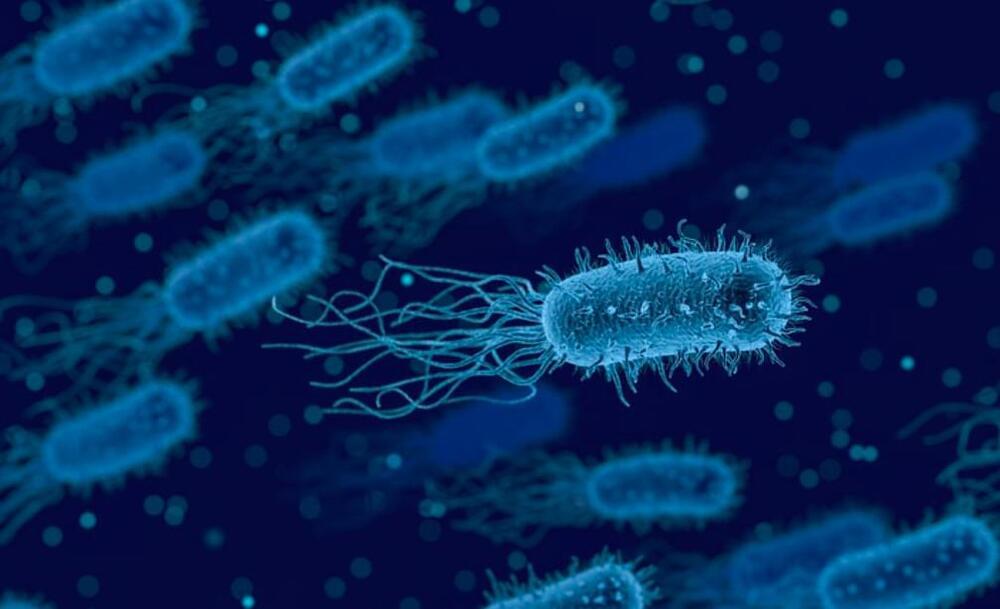Mar 29, 2024
Constructing ‘on-gel’ alveolar organoids as a new screening platform
Posted by Dan Breeden in categories: biotech/medical, chemistry
A study led by Professor Shimpei Gotoh (Department of Clinical Application), introduces a new culturing method to generate alveolar organoids suitable for medium-and high-throughput screening and identified several chemicals with synergistic effects on AT1 cell differentiation. The work is published in the journal Stem Cell Reports.
